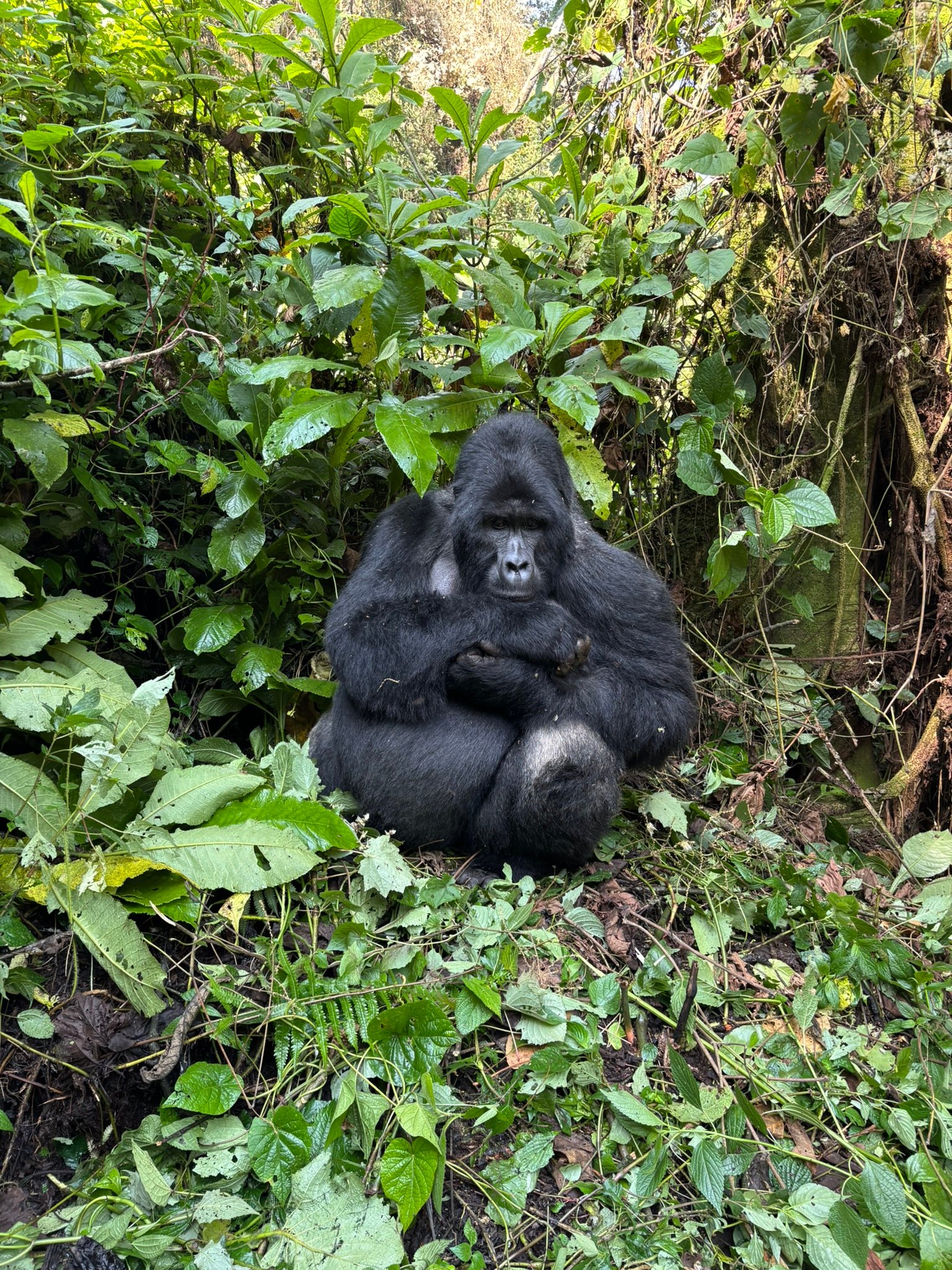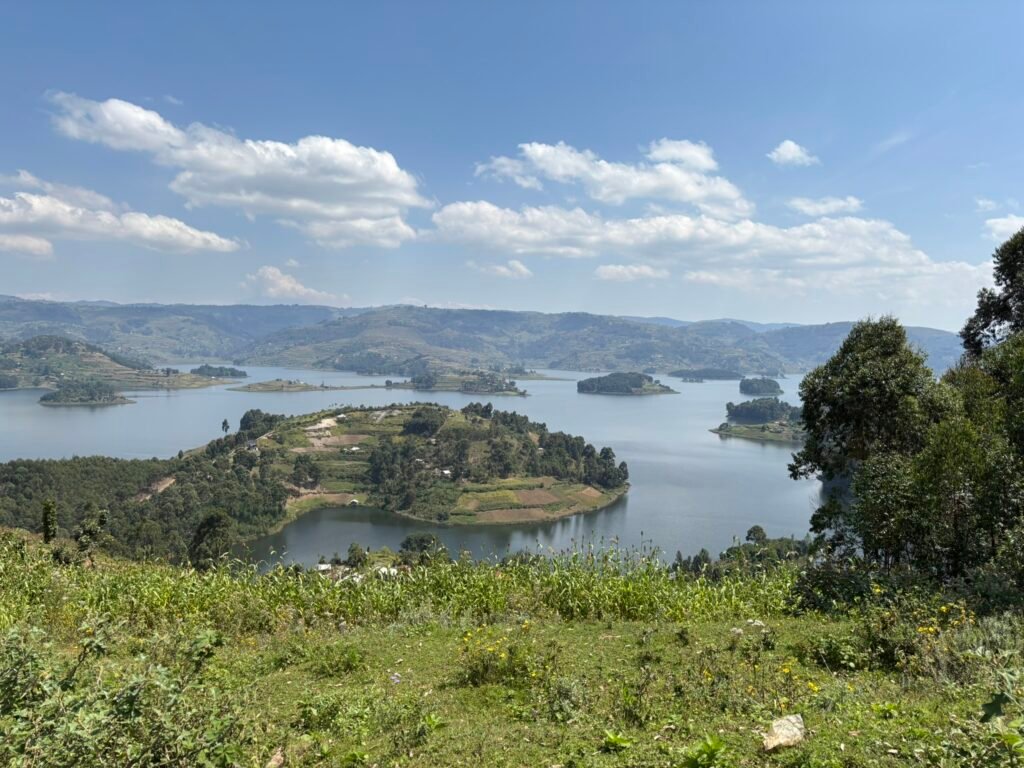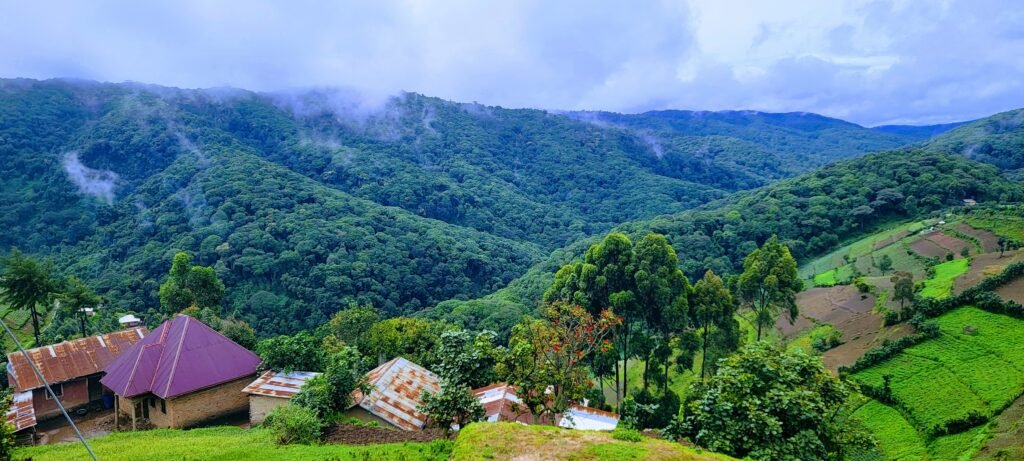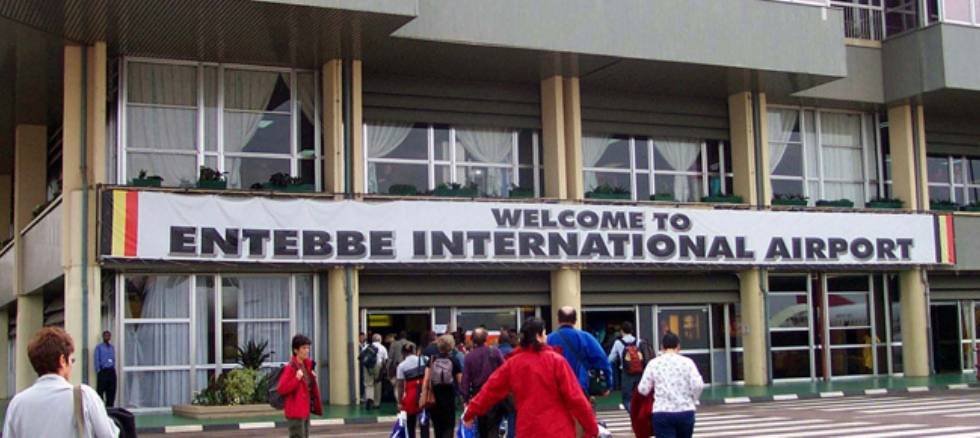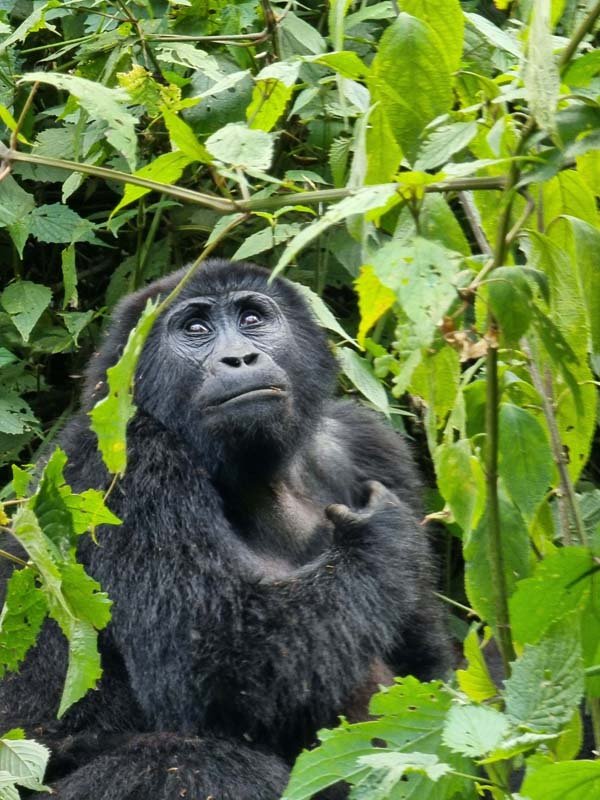Meet the Mountain Gorillas of Uganda: Facts and Conservation
Mountain gorillas Uganda is a phrase that inspires awe in travelers and conservationists alike. These gentle giants, found only in a few places on earth, are one of Uganda’s most iconic species. Seeing them in the wild is a rare privilege and one of the most moving wildlife experiences available anywhere.
Table of Contents
But who are these majestic creatures? And what’s being done to ensure they survive for generations to come?

What Makes Mountain Gorillas Uganda’s Crown Jewel?
Mountain gorillas (Gorilla beringei beringei) are a subspecies of the eastern gorilla and are critically endangered. Uganda is home to over half of the world’s population, with thriving groups living in:
- Bwindi Impenetrable National Park
- Mgahinga Gorilla National Park
These protected forests are among the most biodiverse regions in Africa. Trekking through them to observe gorillas in their natural habitat offers not just breathtaking encounters, but insight into the fragile ecosystems that support them.
Fascinating Facts About Mountain Gorillas in Uganda
- They share 98% of our DNA: Mountain gorillas are incredibly close relatives to humans, with complex social behaviors, facial expressions, and emotional intelligence.
- They live in tight-knit families: Led by a dominant silverback male, these family groups include females and their young.
- They are vegetarians: Feeding on leaves, shoots, and fruit, mountain gorillas rarely drink water, getting most of their hydration from plants.
- No gorillas in zoos: Unlike other gorilla species, mountain gorillas don’t survive in captivity, which makes in-the-wild encounters even more special.
Conservation Efforts in Uganda
Thanks to collaborative efforts between the Uganda Wildlife Authority (UWA), local communities, and international organizations, mountain gorillas in Uganda are a rare conservation success story.
Key Strategies Include:
- Strict permit systems: To reduce human impact, trekking permits are limited and regulated by UWA.
- Revenue sharing: A portion of every permit fee supports nearby communities, giving locals a stake in protecting gorillas.
- Veterinary care: Groups like the Gorilla Doctors provide critical medical interventions when gorillas are sick or injured.
- Community-based tourism: Tour operators like Amatsiko Tours ensure your visit directly supports schools, infrastructure, and employment in nearby villages.
How You Can Help Protect Mountain Gorillas in Uganda
- Visit responsibly: Book with ethical operators who follow conservation guidelines.
- Buy a trekking permit: Every permit helps fund conservation and local development.
- Support local businesses: Eat, sleep, and shop locally to keep money in the community.
- Educate others: Share your experience and raise awareness about conservation.
Responsible Gorilla Trekking Tips
- Keep at least 7 meters from the gorillas
- Don’t trek if you feel unwell
- Wear long sleeves and trousers
- Carry water, snacks, and a rain jacket
- Be quiet and follow the ranger’s instructions
FAQs About Mountain Gorillas in Uganda
Q: How many mountain gorillas live in Uganda?
A: Uganda is home to around 500 mountain gorillas—more than half the global population.
Q: Where is the best place to see mountain gorillas in Uganda?
A: Bwindi Impenetrable and Mgahinga Gorilla National Parks are the only places in Uganda to see mountain gorillas.
Q: Are mountain gorillas in Uganda dangerous?
A: No. They are shy and peaceful if left undisturbed. Treks are led by trained guides who ensure your safety.
Q: How much does a permit cost?
A: As of July 2025, permits cost $800 USD and are arranged through licensed tour operators like Amatsiko Tours.
Q: What age can trek to see the gorillas?
A: The minimum age is 15 years, in line with Uganda Wildlife Authority guidelines.

Ready to meet the mountain gorillas of Uganda? Book your trek with Amatsiko Tours and experience one of the world’s most powerful wildlife encounters while supporting conservation and local communities. Every step you take in Bwindi or Mgahinga helps protect these endangered giants for future generations. Start planning your journey today.

